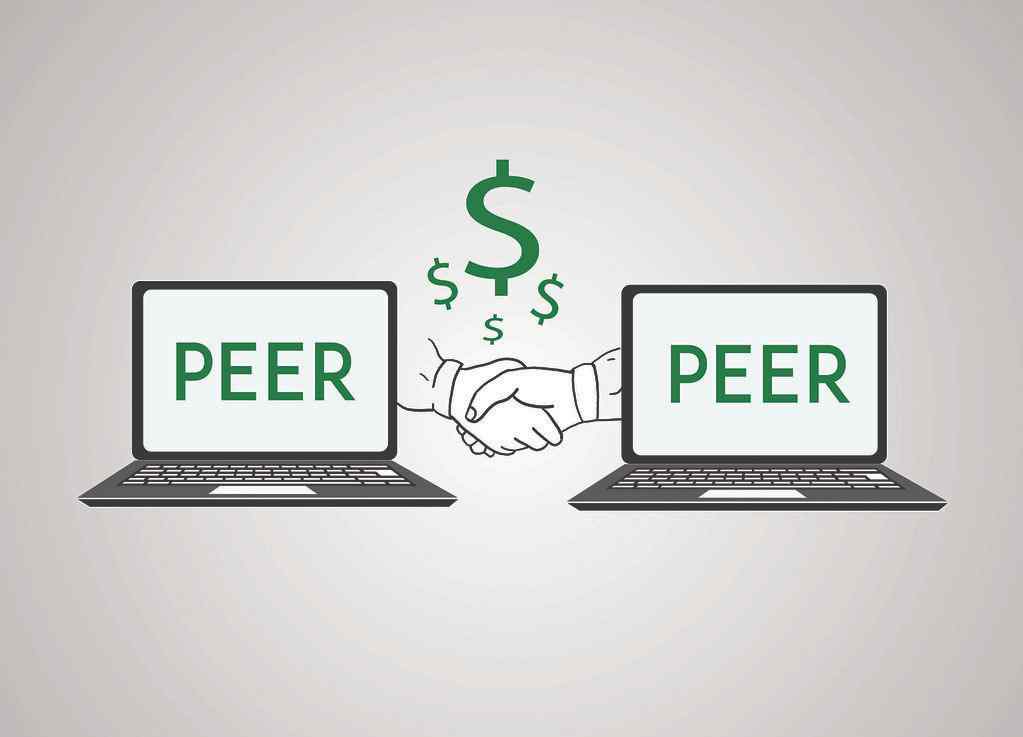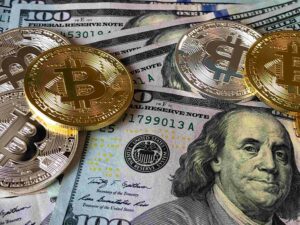Tokenization has emerged as a transformative technology in the financial sector, revolutionizing various industries, including peer-to-peer lending. In this article, we will explore the concept of tokenization, its implications for peer-to-peer lending, and the future trends that lie ahead. Immediate Edge software is perfect for those seeking excellence in the crypto trading landscape. Basically, it is a platform that bridges traders and investment education firms.
Table of Contents
Introduction to Tokenization and Peer-to-Peer Lending
Peer-to-peer lending, also known as P2P lending or marketplace lending, has gained significant popularity in recent years. It allows individuals or businesses to lend and borrow funds directly from one another without the need for intermediaries such as traditional banks. This model offers numerous advantages, including lower interest rates for borrowers and higher returns for lenders.
Tokenization, on the other hand, refers to the process of converting real-world assets into digital tokens on a blockchain. These tokens represent ownership or value and can be easily traded or transferred.
Understanding Tokenization in the Financial Sector
Tokenization involves representing real-world assets, such as loans or securities, as digital tokens on a blockchain. These tokens can be programmed to hold specific characteristics, rights, or functionalities. By converting assets into tokens, fractional ownership and tradability become possible, enabling more efficient and accessible markets. In the context of peer-to-peer lending, tokenization allows borrowers to tokenize their loan agreements, while lenders can tokenize their investments.
Benefits of Tokenization in Peer-to-Peer Lending
Tokenization brings several benefits to the peer-to-peer lending ecosystem. Firstly, it enhances accessibility and expands the global reach of peer-to-peer lending platforms. By tokenizing loans, borrowers can tap into a wider pool of potential lenders worldwide, regardless of geographical boundaries. This opens up new opportunities for borrowers who may have difficulty accessing traditional sources of funding.
Secondly, tokenization improves transparency and security in peer-to-peer lending. All transactions and ownership records are stored on the blockchain, ensuring immutability and traceability.
Lastly, tokenization facilitates fractional ownership and improves liquidity in peer-to-peer lending. By dividing loans into smaller tokenized units, lenders can diversify their investment portfolios and mitigate risks.
How Tokenization is Revolutionizing Peer-to-Peer Lending
Tokenization is driving significant changes in the peer-to-peer lending landscape. Let’s explore some of the key ways it is revolutionizing the industry.
Increased Accessibility and Global Reach
Tokenization removes geographical barriers and allows borrowers and lenders from around the world to connect directly. Peer-to-peer lending platforms can attract a diverse range of borrowers and lenders, enabling borrowers to access funding from a global pool of investors.
Enhanced Transparency and Security
One of the main advantages of tokenization is the transparency it brings to the peer-to-peer lending process. All transactions and ownership records are recorded on the blockchain, making them easily auditable and tamper-proof.
Improved Liquidity and Fractional Ownership
Tokenization introduces liquidity and fractional ownership to the peer-to-peer lending market. By tokenizing loans, lenders can divide them into smaller units, allowing for fractional ownership. This enables lenders to diversify their portfolios and mitigate risk by investing in multiple loans with varying risk profiles.
Furthermore, tokenized loans can be traded on secondary markets, providing lenders with the flexibility to exit their investments before the loan term ends.
Challenges and Risks Associated with Tokenization in Peer-to-Peer Lending
While tokenization presents exciting opportunities, it also comes with challenges and risks that need to be addressed.
Regulatory and Compliance Concerns
The regulatory landscape surrounding tokenization in peer-to-peer lending is still evolving. Different jurisdictions have varying rules and regulations regarding securities offerings, crowdfunding, and financial transactions. Compliance with these regulations can be complex, and peer-to-peer lending platforms must navigate legal requirements to ensure a compliant tokenization process.
Market Volatility and Price Manipulation
The cryptocurrency market, which is closely linked to tokenization, is known for its volatility. Fluctuations in the value of cryptocurrencies can affect the perceived value of tokenized assets. Market volatility introduces risks for both borrowers and lenders, as loan terms and repayment conditions can be influenced by sudden price changes. Ensuring stability in the tokenized lending market requires careful risk management and robust mechanisms to handle price fluctuations.
Smart Contract Vulnerabilities and Hacking Risks
Tokenization relies heavily on smart contracts, which are self-executing agreements stored on the blockchain. However, smart contracts are not immune to vulnerabilities or hacking attempts. Exploiting weaknesses in smart contracts can lead to the loss of funds or manipulation of loan agreements.
Conclusion
Tokenization has the potential to revolutionize peer-to-peer lending by increasing accessibility, transparency, and liquidity in the market. While challenges and risks exist, the future of tokenized lending looks promising. As technology continues to evolve, peer-to-peer lending platforms and financial institutions must adapt and embrace tokenization to unlock its full potential.









